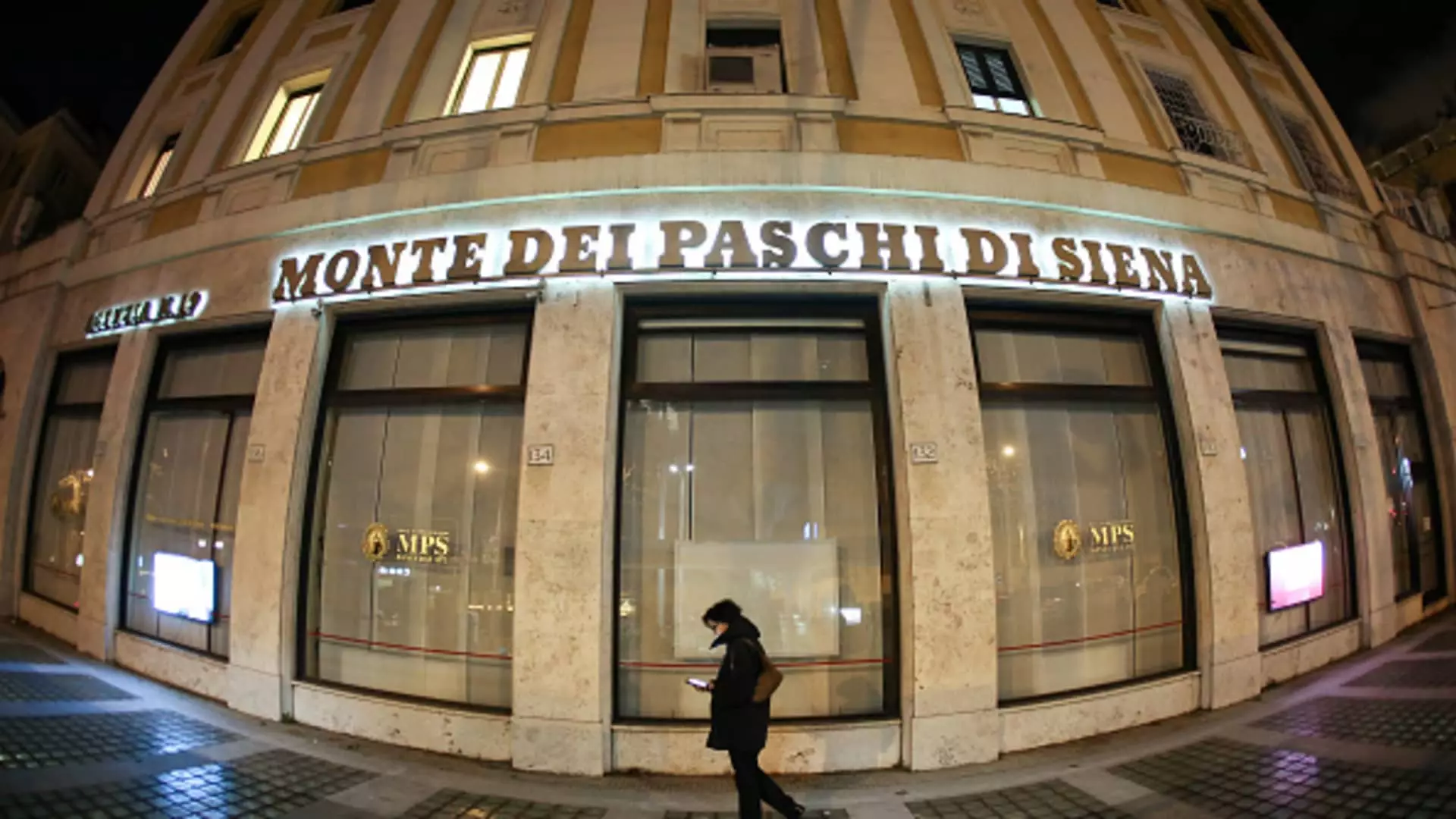The recent movements within Italy’s banking sector spotlight Monte dei Paschi di Siena (MPS), a financial institution with a storied past that has weathered more than its share of economic adversities. On a pivotal Friday, the beleaguered bank unveiled a compelling €13.3 billion (approximately $13.95 billion) all-share takeover proposal for its larger rival, Mediobanca. This endeavor, marked by strategic valuations and anticipated shareholder meetings, signifies not only MPS’s recovery from a state-backed bailout but also an emboldened determination to reshape the Italian banking landscape.
MPS’s proposal is structured around a valuation that offers Mediobanca shareholders 23 of MPS’s shares for every 10 shares they hold in Mediobanca, which translates to a per-share valuation of around €15.992, reflecting a modest 5% premium based on stock pricing from January 23. As MPS grapples with its own market capitalization of €8.7 billion versus Mediobanca’s €12.3 billion, the rationale for such a merger might leave skeptics pondering its feasibility. Notably, MPS is banking on anticipated pre-tax synergies amounting to €700 million annually, with an additional potential infusion of €500 million over the succeeding six years from tax credits deriving from its history of significant losses.
Market Reactions
Investor responses to the announcement have been mixed, with MPS’s shares experiencing a downturn of 7.97% shortly after the news broke, contrasting with a bullish 6.28% rise in Mediobanca’s shares. Such fluctuations underscore the market’s apprehension regarding the success of the merger, as reflected in opinions from analysts like those at KBW, who gleaned that the potential for synergies may be limited. In stark contrast to MPS’s aggressive bid, the market’s cold reception signals skepticism about how lucrative this merger could actually be.
Luigi Lovaglio, MPS’s CEO, is resolute in his vision of transforming MPS into a formidable entity within the banking realm. In an assertion of befitting ambition, he remarked on the unique partnership as an optimal alignment of both banks’ strengths, aimed at establishing a resilient, diversified institution. MPS’s desire to delist Mediobanca following the acquisition indicates a strategy poised toward consolidation and streamlined operations, factors crucial for bolstering competitiveness in a market that is witnessing substantial M&A activity.
The Broader Italian Financial Context
The backdrop against which this proposal unfolds is equally significant. The Italian banking sector is in a phase of restructuring and consolidation, notably characterized by high interest rates creating favorable conditions for banks. MPS’s willingness to initiate this ambitious transaction aligns with a pattern of similar strategic activities, such as UniCredit’s previous offers to acquire Banco BPM and ongoing interest in Anima Holding by the latter. Such dynamics indicate a marketplace eager for mergers and consolidations as institutions vie for financial strength and market share.
While MPS’s figurehead maintains an optimistic outlook, the challenges are multifaceted. The road leading to the proposal’s acceptance at the slated shareholder meeting on April 17 remains treacherous. Furthermore, overcoming existing shareholder hesitancies is pivotal, particularly given the mixed responses from prominent stakeholders including Delfin, which holds significant stakes in both MPS and Mediobanca. The transformation from a stabilized bank to a powerful Italian champion necessitates not only operational adjustments but a cultural alignment between both institutions.
The proposed takeover by Monte dei Paschi di Siena of Mediobanca is indicative of a bold, albeit precarious, strategy to redefine its place within the Italian banking sector. As the company aims to rally shareholder support and navigate the complexities of merging operations, the implications of this merger could ripple throughout the financial community. Whether MPS can effectively harness its revived status and turn ambition into accomplishment remains an open question, as the evolving narrative of Italy’s banking sector unfolds.

